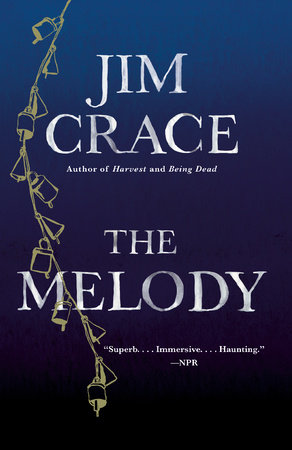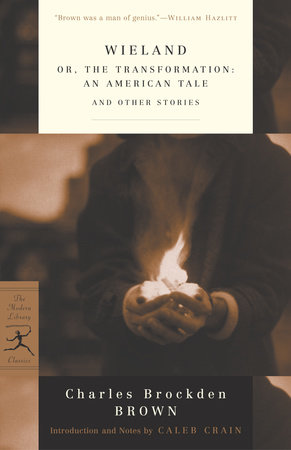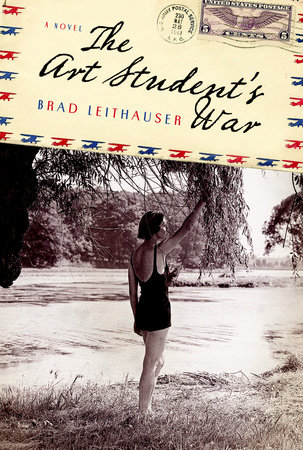

The Art Student's War
By Brad Leithauser
By Brad Leithauser
By Brad Leithauser
By Brad Leithauser
Category: Women's Fiction
Category: Women's Fiction

-
$17.95
Nov 02, 2010 | ISBN 9780307456205
-
Nov 03, 2009 | ISBN 9780307273185
YOU MAY ALSO LIKE

Bombingham

The Melody

Odysseus Abroad

The Burning Island

Birdy

My Own Devices

Wieland

1942

Trespass
Praise
A New York Times Notable Book
A Library of Michigan Notable Book
Kirkus Reviews Best Books of the Year
“A sweeping, multilayered and ultimately beautiful story about one woman’s search for authenticity, community and passion in a city that once promised so much.” —New York Times Book Review
“Leithauser offers a vivid historical portrait of Detroit in its prime as he affectionately chronicles the life of a young female artist.” —Chicago Tribune
“A loving, elegiac caress of a city used to rougher treatment. . . . This playful, erudite and emotional writer travels lightly and far and never in the quite the direction one would have predicted.” —The New York Review of Books
“A homage of depth and texture to the churning wonder that was Detroit in its golden age. . . . A living, breathing vision.” —The Washington Post
“Richly woven . . . sumptuous. . . . Some passages in this latest work beg to be read over and over, so perfect are the form and texture of the words.” —Dallas Morning News
“[Leithauser] replicates a world where such qualities as innocence, decency and optimism thrive and breathe, and he does it less by building an imaginary Nostalgialand of the mind than by guiding us through wartime Detroit. . . . It’s not that the world of the book is virginally chaste—it is, after all, a home to war, the wounded, alcoholism, regret, cancer and race riots—but that it’s viewed through such stubbornly forgiving and optimistic eyes.” —Toronto Star
“Timely and engrossing. . . . The book creates a vividly constructed world.” —Boston Globe
“A peak achievement. . . . If ever there was one, Leithauser is a triple-threat man as novelist, poet, and critic.” —Commonweal
“Bianca is an altogether charming character. Blessed with the eyes of an artist, she drinks in the visual details of her city, mentally painting all the time. . . . Bianca Paradiso’s city is no paradise and never has been, but it does turn out to be a marvelous art studio—for the art of living.” —Christian Century
“A fresh, captivating coming-of-age story. . . . The novel’s portrait of wartime fervor is . . . haunting. . . . Superb portraits of an endearing heroine and a cluster of finely observed secondary characters backlit by history.” —Kirkus Reviews
21 Books You’ve Been Meaning to Read
Just for joining you’ll get personalized recommendations on your dashboard daily and features only for members.
Find Out More Join Now Sign In















